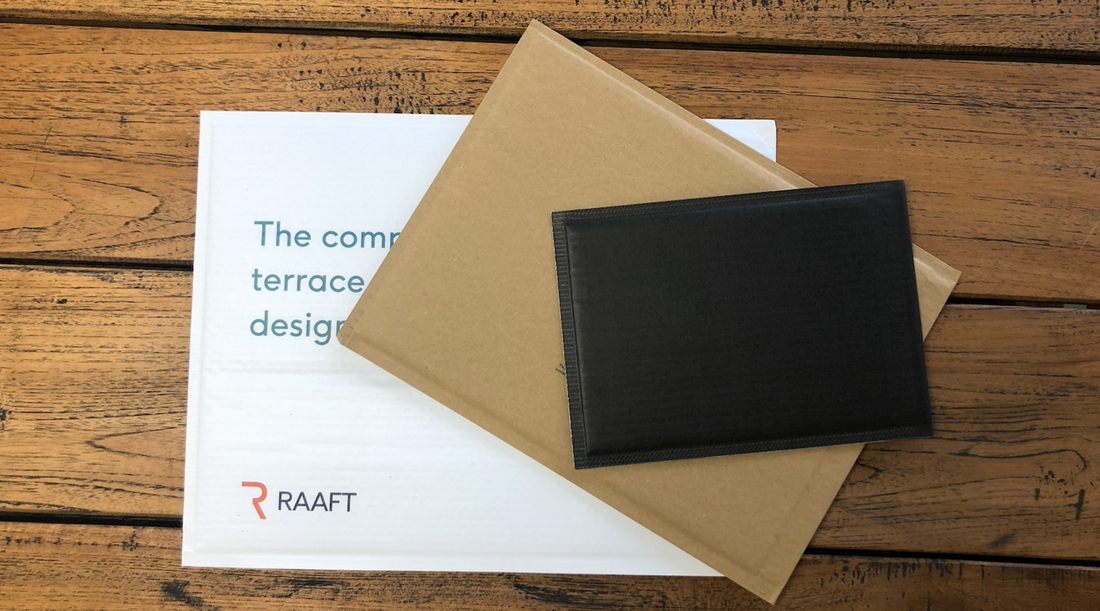
The journey (and evolution) of the envelope
Share
The journey of an envelope getting to you is a fascinating one. Of course we all know that it starts with a tree. But there's so much more to this useful communication vessel than just cutting a tree down! And while there are a lot of other products you can use to make paper (and therefore envelopes), right now, our Peak envelopes are made from paper.

But the first question is, when did it all start?
It turns out that the envelope was created five or six thousand years ago and used by the ancient Babylonians, where they would bake and then harden clay tablets which had secret messages inscribed inside.
It wouldn't be until the invention of paper (the oldest form being papyrus) many centuries later that the traditional envelope as we know it, would arrive, created by the ancient Egyptians at least as early as 3000 B.C, and later a more modern version by the Chinese.
Envelopes as we know them today, are typically created with paper made from trees. This involves the wood chips being processed into pulp, made into sheets, chemically treated and bleached, dried, rolled, pressed, diamond cut, folded, gummed, and sent to us - and that's the simplified version! And even then, the evolution of the envelope has gone from the very early stages of a rectangular piece of paper being used to wrap a message or gift, to paper envelopes created using a template, to pre gummed envelopes that didn't appear until well into the 1900's. There is a much more detailed, and very fascinating, explanation of this process on Madehow.
As well as the process of breaking down a tree and making it into paper and then into an envelope, there is also various thickness of paper and colours of paper choices that provide additional variations of envelopes as we know them. And each time they are made, the rolls of paper that are used to create the various shapes and sizes are cut as efficiently as possible to minimise waste. And the shape typically used to make a folded envelope is actually a diamond shape - rather than a rectangle.
Once cut, the machines fold the pre cut envelope shapes into an envelope, and they're boxed up ready to be sent to our retailers. Or initially gummed first, and then finished off, folded and boxed. After the paper for an envelope has been created, it will come down to choice as to how that envelope ends up, ie. how it is cut by machine. Here are a few of the possibilities:
- Pocket envelopes: have their opening on the short side of the envelope, hence the name pocket.
- Banker envelopes: are the most traditional looking envelope as we know them with the triangular flap that closes at the back.
- Gusset envelopes: offer a traditional shape but with expanding sides that allow you to fit in thicker items like books or catalogues. Take a look at our gusset mailers.
- Padded mailers: have additional padding to provide cushioning or protection for the contents. The padded mailers that Peak Envelopes stock are made from recycled FSC paper however other forms of mailers can be made from plastic or bubble packing (amongst others).
- Window envelopes: have a window cut into them so you can see the letter inside, typically to allow the receiving address on the letter to be visible without the need to print or write it on the outside.
- Security envelopes: provide additional security to the typical envelope as they have tamper resistant features.
It remains to be seen how the envelope will continue to evolve but it's likely we will see more and more changes to this revolutionary product as human communication methods evolve. But one does hope that we never do get rid of the ever faithful and trusty envelope. After all, there's nothing nicer than receiving an old school letter (unless it's a bill!).

Links:
http://www.madehow.com/Volume-5/Envelope.html#ixzz7jU8MBbQO
http://www.madehow.com/Volume-5/Envelope.html
